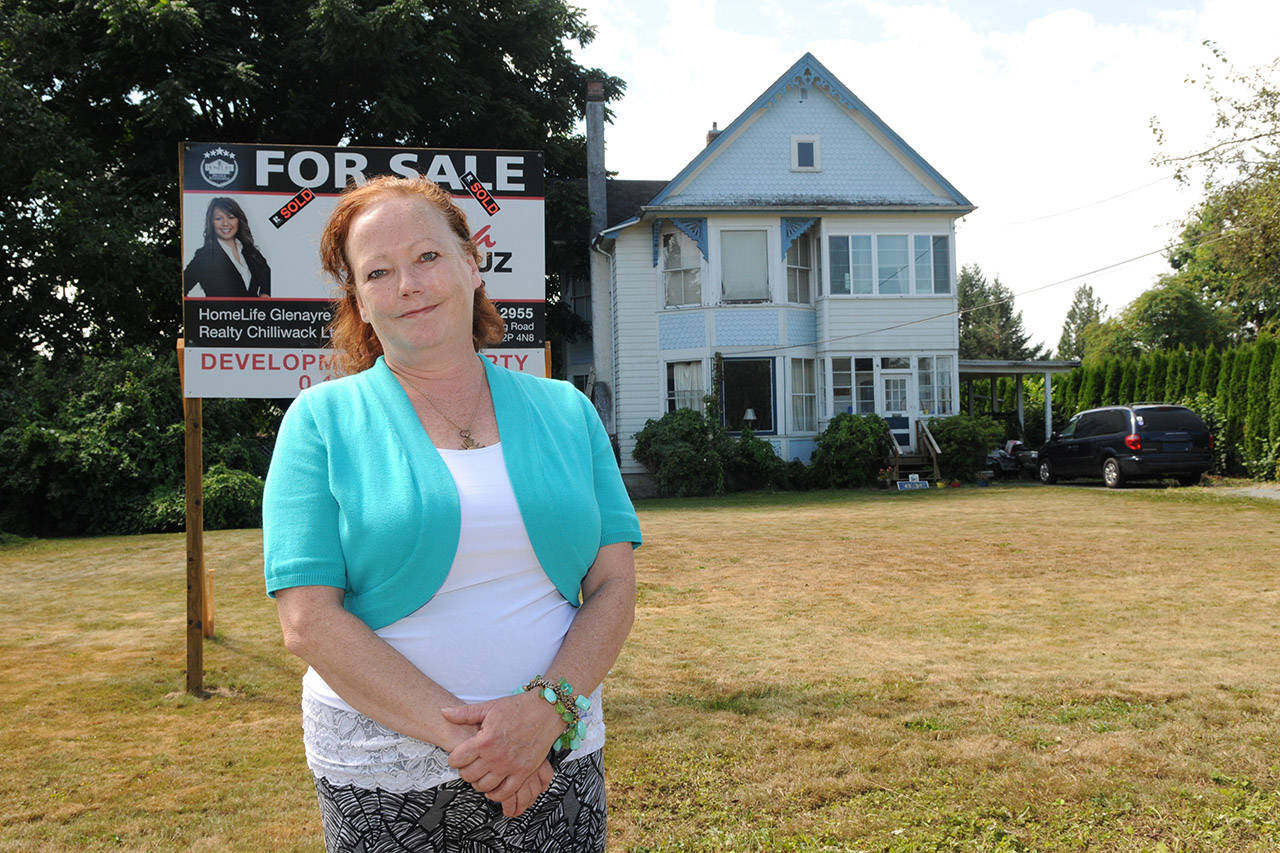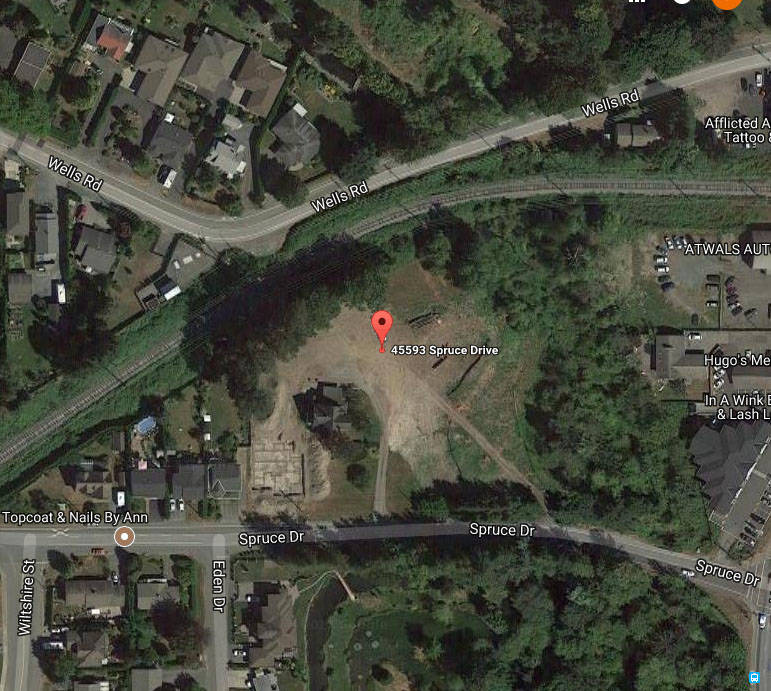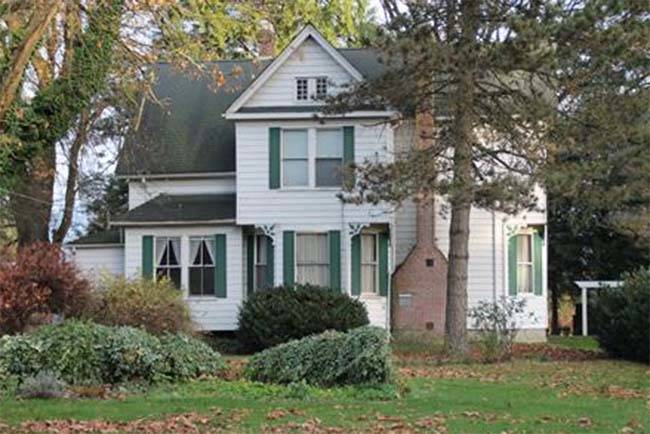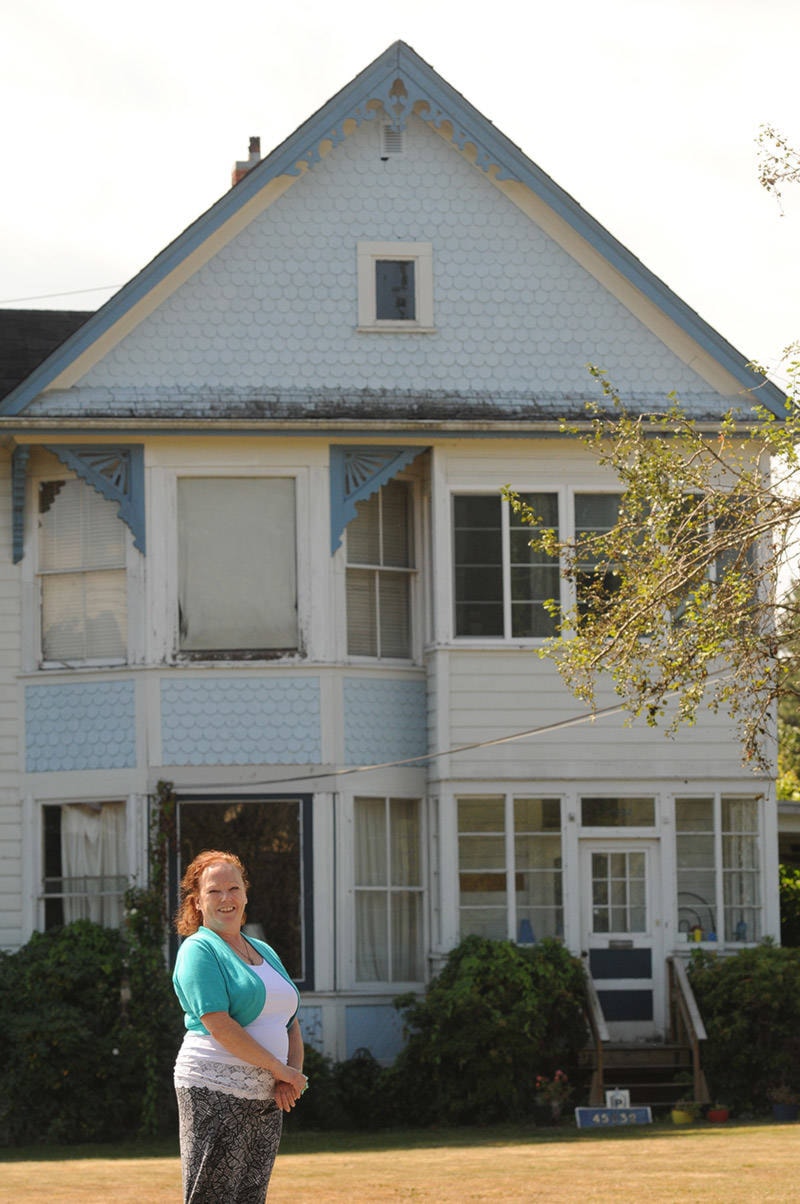Chilliwack is filled with historic buildings, but only a dozen are designated as such through the Local Government Act. As developers vie for coveted real estate, Chilliwack’s heritage is starting to disappear. This is the first part of a series on the preservation and revitalize Chilliwack’s most endearing heritage properties
One of Chilliwack’s oldest homes was demolished this summer, erasing a little bit more of the community’s historical footprint.
The Wells House on Spruce Drive, built in 1897 and home to some of Chilliwack’s most notable pioneers, had been tucked behind mature tree growth for the past many decades. But the million-dollar home sold recently, and was torn down to make way for future homes. And it’s not the only building with heritage value that’s disappeared.
Chilliwack’s historic homes are disappearing quickly as they fall into disrepair and are gobbled up for denser land use. And in light of the big push for infilling of city lots, the Heritage Chilliwack Society is once again urging the City of Chilliwack to consider creating a commission that could act as a last line of defence for future losses.
The society’s Laura Reid issued a plea this summer for the city to embrace its own history.
“This past week the c.1897 Wells House on Spruce Drive was demolished,” she wrote. “A few months ago it was the concrete block Jesperson House and next week it could be any heritage or character home or building in your neighbourhood that meets the same fate – gone forever.”
It’s time for Chilliwack to step up and take control of the situation, Reid added.
“A city that successfully manages its heritage assets is a place where citizens, community groups and city council work together to collectively preserve, re-purpose and promote their heritage. Chilliwack, it’s 2017 and our time has come.”
Reid lives in a heritage home herself, and she says the quality of older homes can be incredible if they are taken care of. She’s recently been working on a kitchen restoration, and knows of several homeowners who have worked hard to keep their heritage homes in good shape.
“The construction methods were quite different than they are now,” she says. “My home, it was built in 1931, and this house isn’t going anywhere.”
While there seems to be heritage-style homes on most of the original streets in Chilliwack, there are actually only a dozen properties in Chilliwack that are heritage-designated homes, with all the protection that the designation implies. Four of those homes recently sold, but because they were designated by the previous owners, they remain protected. They are the Carmichael House on Spadina Avenue, Stonehurst on Yale Road, the Brock House on Gore Avenue, and the Gervan House on First Avenue.
Other heritage-designated properties in Chilliwack are the Jean McNaugton Park on Corbould Avenue, the Caskey House on Adanac Avenue, the Walker House on Banford Road, along with the Princess Armories, the Yarrow Post Office, Promontory Womens’ Institute Hall, and the former city hall on Spadina Avenue (currently housing the Chilliwack Museum). Even a piece of the road on Majuba Hill is designated, as the Old Yale Wagon Road. They are all legally protected by the Local Government Act.
But every other home and property is free and clear for demolition, and it’s happening at an alarming rate, says Reid.
“The heritage designation carries a title, and the new owner purchases it knowing they can’t demolish it,” she explains. That saves those few homes. Any other home can be demolished with an application to the city.
“Developers can secure demolition permits from the City of Chilliwack with little effort, regardless of the home’s cultural or historical value,” Reid says. “While the process to have a heritage home or building designated in Chilliwack is a lengthy process; a demolition permit can be obtained in short order.
“Heritage Chilliwack Society would like to see changes to this policy – making it simpler to get heritage protection and more difficult (or more expensive) to get a demolition permit,” she adds.
With an appointed heritage commission in place, anything related to heritage in Chilliwack would pass through the commission. They would make a report to council with a recommendation, and council would discuss and vote with that extra knowledge of the historic value. It’s a system that is working well in other communities attempting to preserve their heritage, including Langley and Kelowna.
“In other communties, if a demo permit was requested it would go through heritage commission,” Reid says. “They say ‘here’s the background,’ and give it to city council so they can make an informed decision.”
But the City of Chilliwack says they are confident that the process they have in place is the right one. It’s called Voluntary Municipal Heritage Designation, and it’s up to a homeowner to seek out the designation. A list of potential heritage homes was created in 1991, and those are the homes the city will consider designating. The list is woefully outdated, clunky to navigate, and even includes homes that no longer exist.
“Currently, many heritage sites are still not on the city’s inventory, and as a result developers are often unaware of the historical or cultural importance of the building or home,” Reid says. “Acting in a proactive manner to identify our heritage homes and buildings means the rules are clear for all parties and will help preserve our city’s heritage.”
Adding the commission would be a proactive way to at least try to protect the disappearing heritage. The group would “have teeth” she says, but wouldn’t have the final say.
“What a commission does is provide information,” she says. “In the end it’s city council’s job to decide anyway, a commission would just provide background to make an informed decision.”
It’s an idea that’s long overdue, she says. And they’ve been asking for one for years.
“If we go into history, back to 2012, had there been a heritage commission, the city council had to decide what to do with the Paramount Theatre,” she says. There were ideas being tossed around and proposed that would have preserved the building.
“It may be still standing,” she says.
• Watch for the second part of this series in next Friday’s Progress, as we uncover some long-hidden history downtown.
RELATED STORY: Heritage designation demystified
@CHWKcommunity
jpeters@theprogress.com
Like us on Facebook and follow us on Twitter.



